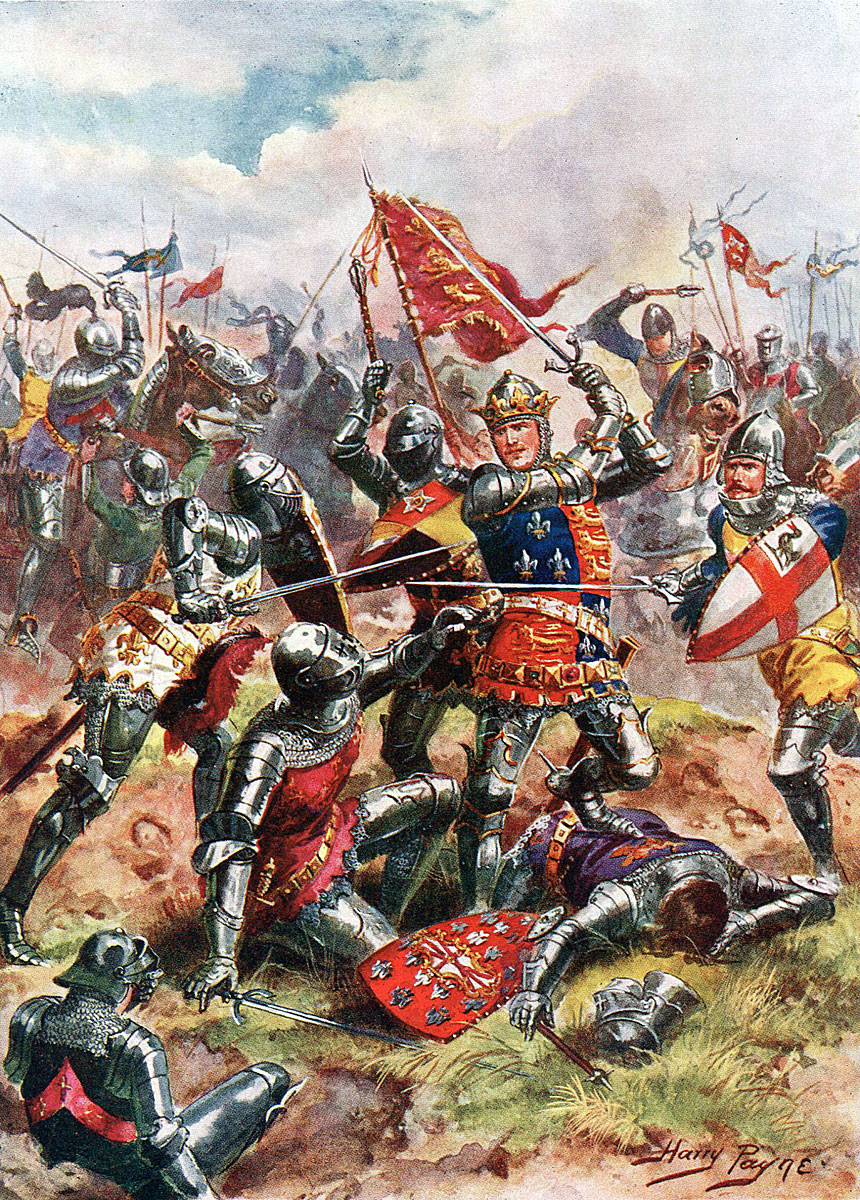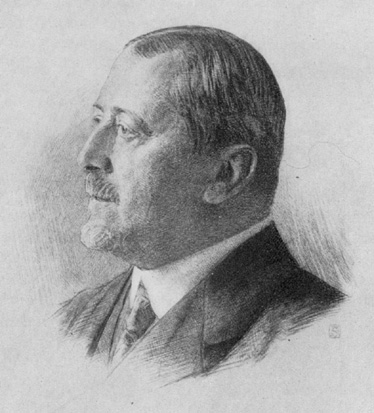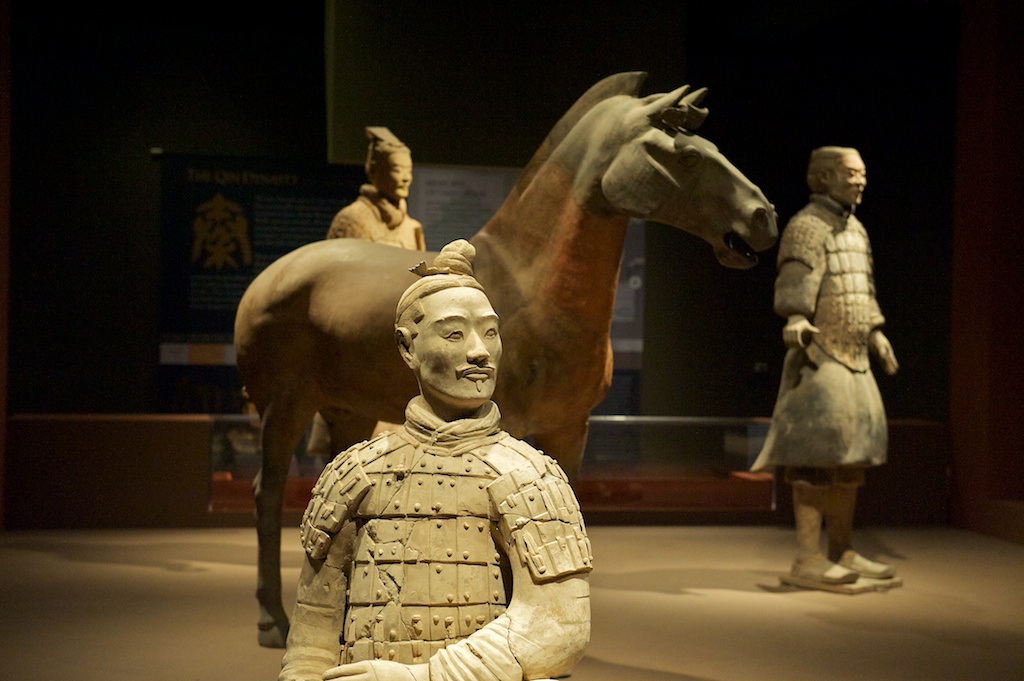|
Sackler Library
The Bodleian Art, Archaeology and Ancient World Library (‘Bodleian Art Library’ in its shortened form, formerly the Sackler Library) holds a large portion of the classical, art historical, and archaeological works belonging to the University of Oxford, England. History The library building was completed in 2001 and opened on 24 September of that year, enabling the rehousing of the library of the Ashmolean Museum. The library entrance is at 1 St John Street. It was principally funded by a donation from the multi-millionaire Mortimer Sackler. It was designed by Robert Adam with Paul Hanvey of ADAM Architecture. Its main building is a circular drum, a reference to the Classical origins of many of its holdings. One of the outer walls of the drum is decorated by a Classical frieze. The architects claim the circular entrance vestibule is derived from the Doric Temple of Apollo at Bassae, first excavated by Charles Robert Cockerell, the architect who designed the adjacen ... [...More Info...] [...Related Items...] OR: [Wikipedia] [Google] [Baidu] |
England
England is a Countries of the United Kingdom, country that is part of the United Kingdom. It is located on the island of Great Britain, of which it covers about 62%, and List of islands of England, more than 100 smaller adjacent islands. It shares Anglo-Scottish border, a land border with Scotland to the north and England–Wales border, another land border with Wales to the west, and is otherwise surrounded by the North Sea to the east, the English Channel to the south, the Celtic Sea to the south-west, and the Irish Sea to the west. Continental Europe lies to the south-east, and Ireland to the west. At the 2021 United Kingdom census, 2021 census, the population was 56,490,048. London is both List of urban areas in the United Kingdom, the largest city and the Capital city, capital. The area now called England was first inhabited by modern humans during the Upper Paleolithic. It takes its name from the Angles (tribe), Angles, a Germanic peoples, Germanic tribe who settled du ... [...More Info...] [...Related Items...] OR: [Wikipedia] [Google] [Baidu] |
Bodleian Library
The Bodleian Library () is the main research library of the University of Oxford. Founded in 1602 by Sir Thomas Bodley, it is one of the oldest libraries in Europe. With over 13 million printed items, it is the second-largest library in Britain after the British Library. Under the Legal Deposit Libraries Act 2003, it is one of six legal deposit libraries for works published in the United Kingdom, and under Irish law it is entitled to request a copy of each book published in the Republic of Ireland. Known to Oxford scholars as "Bodley" or "the Bod", it operates principally as a reference library and, in general, documents may not be removed from the reading rooms. In 2000, a number of libraries within the University of Oxford were brought together for administrative purposes under the aegis of what was initially known as Oxford University Library Services (OULS), and since 2010 as the Bodleian Libraries, of which the Bodleian Library is the largest component. All coll ... [...More Info...] [...Related Items...] OR: [Wikipedia] [Google] [Baidu] |
Numismatics
Numismatics is the study or collection of currency, including coins, tokens, paper money, medals, and related objects. Specialists, known as numismatists, are often characterized as students or collectors of coins, but the discipline also includes the broader study of money and other means of payment used to resolve debts and exchange good (economics), goods. The earliest forms of money used by people are categorised by collectors as "odd and curious", but the use of other goods in barter exchange is excluded, even where used as a circulating currency (e.g., cigarettes or instant noodles in prison). As an example, the Kyrgyz people used horses as the principal currency unit, and gave small change in sheepskin, lambskins; the lambskins may be suitable for numismatic study, but the horses are not. Many objects have been used for centuries, such as Cowry, cowry shells, precious metals, Cocoa beans#History, cocoa beans, Rai stones, large stones, and Gemstone, gems. Etymology Firs ... [...More Info...] [...Related Items...] OR: [Wikipedia] [Google] [Baidu] |
Epigraphy
Epigraphy () is the study of inscriptions, or epigraphs, as writing; it is the science of identifying graphemes, clarifying their meanings, classifying their uses according to dates and cultural contexts, and drawing conclusions about the writing and the writers. Specifically excluded from epigraphy are the historical significance of an epigraph as a document and the artistic value of a literature, literary composition. A person using the methods of epigraphy is called an ''epigrapher'' or ''epigraphist''. For example, the Behistun inscription is an official document of the Achaemenid Empire engraved on native rock at a location in Iran. Epigraphists are responsible for reconstructing, translating, and dating the trilingual inscription and finding any relevant circumstances. It is the work of historians, however, to determine and interpret the events recorded by the inscription as document. Often, epigraphy and history are competences practised by the same person. Epigraphy is ... [...More Info...] [...Related Items...] OR: [Wikipedia] [Google] [Baidu] |
Coptic Language
Coptic () is a dormant language, dormant Afroasiatic languages, Afroasiatic language. It is a group of closely related Egyptian dialects, representing the most recent developments of the Ancient Egyptian language, Egyptian language, and historically spoken by the Copts, starting from the third century AD in Roman Egypt. Coptic was supplanted by Arabic as the primary Vernacular, spoken language of Egypt following the Arab conquest of Egypt and was slowly replaced over the centuries. Coptic has no native speakers today apart from a number of priests, although it remains in daily use as the Sacred language, liturgical language of the Coptic Orthodox Church and of the Coptic Catholic Church. It is written with the Coptic alphabet, a modified form of the Greek alphabet with seven additional letters borrowed from the Demotic (Egyptian), Demotic Egyptian script. The major Coptic dialects are Sahidic, Bohairic, Akhmimic, Fayyumic, Lycopolitan (Asyutic), and Oxyrhynchite. Sahidic Coptic ... [...More Info...] [...Related Items...] OR: [Wikipedia] [Google] [Baidu] |
Egyptology
Egyptology (from ''Egypt'' and Ancient Greek, Greek , ''wiktionary:-logia, -logia''; ) is the scientific study of ancient Egypt. The topics studied include ancient Egyptian History of Egypt, history, Egyptian language, language, Ancient Egyptian literature, literature, Ancient Egyptian religion, religion, Ancient Egyptian architecture, architecture and Art of ancient Egypt, art from the 5th millennium BC until the end of its native religious practices in the 4th century AD. History First explorers The earliest explorers of ancient Egypt were the ancient Egyptians themselves. Inspired by a dream he had, Thutmose IV led an excavation of the Great Sphinx of Giza and inscribed a description of the dream on the Dream Stele. Less than two centuries later, Prince Khaemweset, fourth son of Ramesses II, would gain fame for identifying and restoring historic buildings, tombs and temples, including pyramids; and has subsequently been described as the first Egyptologist. Classical Antiqu ... [...More Info...] [...Related Items...] OR: [Wikipedia] [Google] [Baidu] |
Cuneiform
Cuneiform is a Logogram, logo-Syllabary, syllabic writing system that was used to write several languages of the Ancient Near East. The script was in active use from the early Bronze Age until the beginning of the Common Era. Cuneiform scripts are marked by and named for the characteristic wedge-shaped impressions (Latin: ) which form their Grapheme, signs. Cuneiform is the History of writing#Inventions of writing, earliest known writing system and was originally developed to write the Sumerian language of southern Mesopotamia (modern Iraq). Over the course of its history, cuneiform was adapted to write a number of languages in addition to Sumerian. Akkadian language, Akkadian texts are attested from the 24th century BC onward and make up the bulk of the cuneiform record. Akkadian cuneiform was itself adapted to write the Hittite language in the early second millennium BC. The other languages with significant cuneiform Text corpus, corpora are Eblaite language, Eblaite, Elamit ... [...More Info...] [...Related Items...] OR: [Wikipedia] [Google] [Baidu] |
Near East
The Near East () is a transcontinental region around the Eastern Mediterranean encompassing the historical Fertile Crescent, the Levant, Anatolia, Egypt, Mesopotamia, and coastal areas of the Arabian Peninsula. The term was invented in the 20th century by modern Western geographers and was originally applied to the Ottoman Empire, but today has varying definitions within different academic circles. The term ''Near East'' was used in conjunction with the ''Middle East'' and the ''Far East'' (China and beyond), together known as the "three Easts"; it was a separate term from the ''Middle East'' during earlier times and official British usage. As of 2024, both terms are used interchangeably by politicians and news reporters to refer to the same region. ''Near East'' and ''Middle East'' are both Eurocentrism, Eurocentric terms. According to the National Geographic Society, the terms ''Near East'' and ''Middle East'' denote the same territories and are "generally accepted as comprisin ... [...More Info...] [...Related Items...] OR: [Wikipedia] [Google] [Baidu] |
Papyrology
Papyrology is the study of manuscripts of ancient literature, correspondence, legal archives, etc., preserved on portable media from antiquity, the most common form of which is papyrus, the principal writing material in the ancient civilizations of Egypt, Greece, and Ancient Rome, Rome. Papyrology includes both the translation and interpretation of ancient documents in a variety of languages as well as the care and conservation of rare papyrus originals. Papyrology as a systematic discipline dates from the 1880s and 1890s, when large caches of well-preserved papyri were discovered by archaeologists in several locations in Egypt, such as Arsinoe (Faiyum) and Oxyrhynchus. Leading centres of papyrology include Oxford University, Heidelberg University, the Egyptian Museum of Berlin, Ägyptisches Museum und Papyrussamlung at the Staatliche Museen zu Berlin, Columbia University, the University of Michigan, Leiden University, the Österreichische Nationalbibliothek, University of Califo ... [...More Info...] [...Related Items...] OR: [Wikipedia] [Google] [Baidu] |
History Of Art
The history of art focuses on objects made by humans for any number of spiritual, narrative, philosophical, symbolic, conceptual, documentary, decorative, and even functional and other purposes, but with a primary emphasis on its aesthetics, aesthetic visual form. Visual arts, Visual art can be classified in art#Forms, genres, media, and styles, diverse ways, such as separating fine arts from applied arts; inclusively focusing on human creativity; or focusing on different media such as architecture, sculpture, painting, film, photography, and graphic arts. In recent years, technological advances have led to video art, Digital art, computer art, performance art, animation, television, and Video game, videogames. The history of art is often told as a chronology of masterpieces created during each civilization. It can thus be framed as a story of high culture, epitomized by the Wonders of the World. On the other hand, vernacular art expressions can also be integrated into art h ... [...More Info...] [...Related Items...] OR: [Wikipedia] [Google] [Baidu] |
Griffith Institute
The Griffith Institute is an Egyptological institution based in the Griffith Wing of the Sackler Library and is part of the Faculty of Oriental Studies, University of Oxford, England. It was founded for the advancement of Egyptology and Ancient Near Eastern Studies by the first Professor of Egyptology at the University of Oxford, Francis Llewellyn Griffith. Griffith bequeathed funds in his will (augmented by the personal fortune of his wife Nora Griffith) for the foundation of the Institute and it opened on 21 January 1939, with its own independent committee of management. Rosalind Moss operated the Griffith Institute from its opening until the mid-1960s. Overview The Griffith Institute Archive is home to an important and unique set of Egyptology resources. Built upon Griffith's original collection of manuscripts and excavation records, it contains and preserves early copies of inscriptions, drawings, watercolours, old negatives, photographs, squeezes, and rubbings. Among so ... [...More Info...] [...Related Items...] OR: [Wikipedia] [Google] [Baidu] |
Ashmolean
The Ashmolean Museum of Art and Archaeology () on Beaumont Street in Oxford, England, is Britain's first public museum. Its first building was erected in 1678–1683 to house the cabinet of curiosities that Elias Ashmole gave to the University of Oxford in 1677. It is also the world's second university museum, after the establishment of the Kunstmuseum Basel in 1661 by the University of Basel. The present building was built between 1841 and 1845. The museum reopened in 2009 after a major redevelopment, and in November 2011, new galleries focusing on Egypt and Nubia were unveiled. In May 2016, the museum redisplayed galleries of 19th-century art. History Broad Street The museum opened on 24 May 1683, with naturalist Robert Plot as the first keeper. The building on Broad Street (later known as the Old Ashmolean) is sometimes attributed to Sir Christopher Wren or Thomas Wood. Elias Ashmole had acquired the collection from the gardeners, travellers, and collectors John Tra ... [...More Info...] [...Related Items...] OR: [Wikipedia] [Google] [Baidu] |








